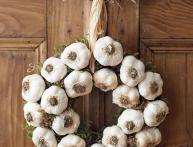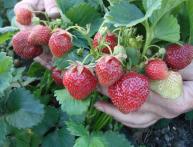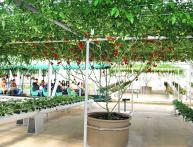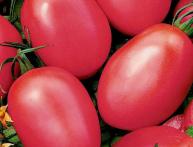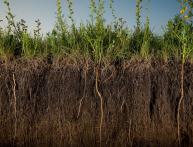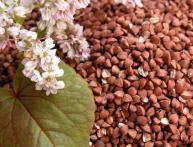The humble rhubarb plant
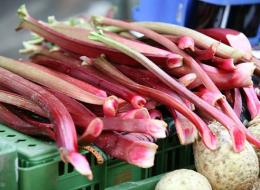
Thick, juicy stalks of rhubarb are often used as a filling for pies. For example, you can replace apples with it in a traditional recipe. Small children love to eat it fresh, sometimes dipping it in sugar. It is used to make jam and jellies, crumbles and even beer. There is no fat in rhubarb, only proteins and carbohydrates. There is also healthy fiber, vitamins A and C, magnesium, phosphorus, folic acid and much more. It’s interesting that many years ago, rhubarb was grown for its unique delicacy – its buds. Cultivated rhubarb combines several varieties, the most delicious of which are Canadian Red, Cherry Red, McDonald and others.
Rhubarb is seemingly completely unpretentious and can grow anywhere. It does not need to be given attention every day; the plant easily grows into entire colonies, even if it is forgotten about. But from time to time it is better to divide and replant. Such plants take root better.
To reap a good harvest, you can break off the flowers that appear on the rhubarb stem. Then all the power will go to the development of the petioles. Cut the stems gradually, not allowing them to overgrow, but also not taking more than half of the bush at once. In spring or fall, when there are no leaves, rhubarb can be mulched. This will keep it moist, warm soil, help it survive the winter and reduce the growth of weeds.
If you want to get the harvest as early as possible, drive out the rhubarb under a hood. That is, covering it with a pot with a hole for the leaves. They will receive sunlight while the stems are blanched in a closed space.Then already in March-April you can get the first tender and juicy stems.


